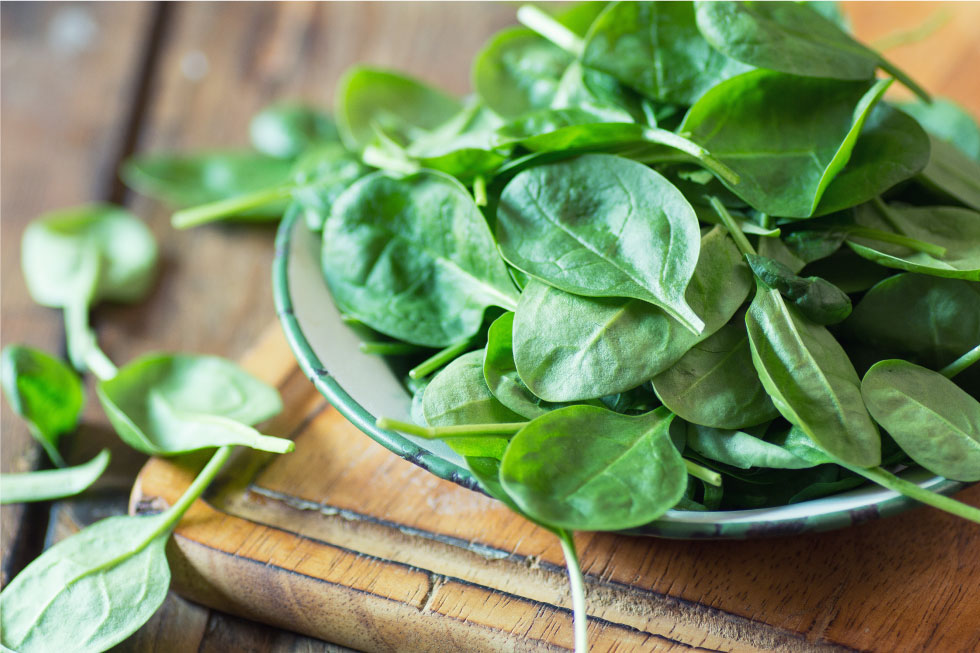
National Spinach Day and The Benefits
Happy National Spinach Day! Spinach is an awesome vegetable that is filled with vitamins and minerals such as vitamin C, K, A, iron, folic acid, iron, and calcium. Spinach has been touted as a food that is able to lower blood pressure, reduce oxidative stress, and prevent cancer. So how can we incorporate more of this leafy green into our diet?
Spinach can come in many forms such as fresh, frozen, and canned. Depending on the type of dish you’re making or your preferences, depends on which form you will use. Fresh spinach is great for salads and sandwiches, frozen spinach may be ideal for sauces, smoothies and soups, canned spinach can be sauteed and used in dips. Regardless of how spinach is prepared, its a great way to add nutrients to each meal!
Some might think one form of spinach might be better than the other but actually, there is not much difference between fresh, canned, and frozen spinach.
Fresh spinach is pretty straight forward. They’re fresh from the ground, washed, and packaged. Fresh spinach is crisp and ranges from bright to deep green. Fresh spinach contains 90% of water and is lower in calories per cup.
Frozen spinach is blanched before freezing. The blanching process ensures that the spinach retains its green color and causes the spinach to become condensed. Due to this process causing a loss in water mass, the spinach is condensed thus making the nutrient content much more concentrated per cup. This provides a little bit more calories than fresh spinach, but a small reduction in nutrients due to the blanching process.
Canned Spinach is cooked the longest during the preservation process therefore it will provide you with the softest texture and may have a greenish-brown appearance. Just like frozen spinach, canned spinach is condensed thus providing us with concentrated nutrients as well. This form of spinach is also easier to digest and absorb nutrients due to it already being cooked down. Canned spinach also has more magnesium than its fresh or frozen counterparts which is due to the heating process in canning. The downside is that canned spinach may have more sodium. That can be adjusted for by rinsing the spinach once out the can or opting for low-sodium/no salt added alternatives.
With that being said, there are small differences between fresh, frozen, and canned, but they all provide you with nutrients.
